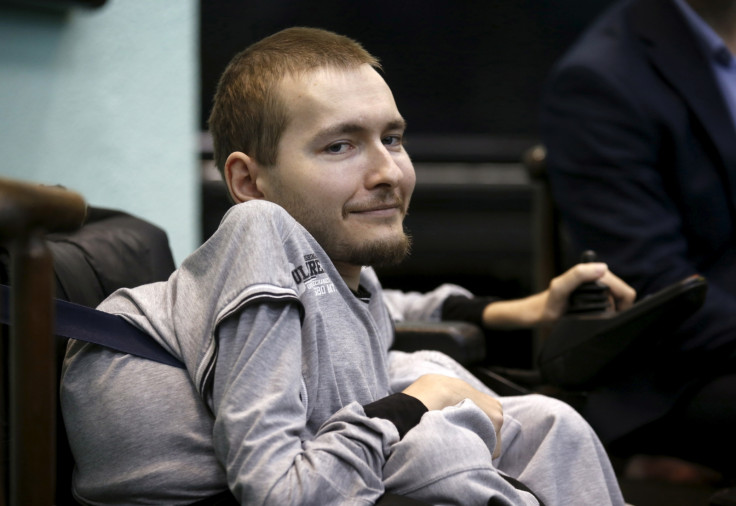Head transplant surgeon Sergio Canavero set to reveal plans for operation
Valery Spiridonov will be first person to have full body transplant if operation goes ahead.
Italian neurosurgeon Sergio Canavero is set to announce more details about his controversial head transplant surgery in September. His first patient, Valery Spiridonov, 31, spoke about the operation during a press conference held by Russia's Rossiya Segonya news agency.
"I continue the dialogue with Canavero, we exchange the information and as far as I know, he is preparing a portion of news this September," he said.
At present, Canavero is planning to carry out the world's first head transplant in December 2017. However, details of the operation have been lacking and many experts have heavily criticised the plan, saying it is not possible – or ethical.
Spiridonov, a computer scientist, suffers from Werdnig-Hoffman disease. This is a rare form of spinal muscular atrophy that causes his muscles to waste away and for which there is no cure. He was speaking at a conference to present his latest wheelchair project – an autopilot system that aims to improve the lives of people with disabilities.
Spiridonov said his and Canavero's projects complement one another, adding head transplant surgery will never be widely available: "We will obviously develop his [Canavero's] project as well, but we do understand that what he offers can work in individual cases, and this will never go to masses. I want to help as many people as I can with the technologies that do not raise doubts and debates. So that I hope we at least complement each other."
If and when the head transplant surgery will take place is not clear. Since first announcing his plan in February 2015, Canavero has given a brief outline on how the surgery would work. The patient's head would be cooled down to about -15C. Both heads (patient and the dead donor) would then be severed and the patient's would be attached to the donor. The spinal cords would then be fused together. Muscle and blood supply would be established.

The patient would be kept in a coma for about a month to prevent any movement, while their spine would be stimulated with electrodes to strengthen nerve connections. Canavero estimates the patient would be able to walk within a year of the operation.
Many of Canavero's critics say a successful head transplant is still far from becoming a reality for a multitude reasons – the main one being the fusion of the spinal cords. However, earlier this year a team of surgeons in China claimed to have successfully carried out a head transplant on a monkey.
Xiaoping Ren, from Harbin Medical University, has a long history of carrying out head transplants on mice – but this was believed to be the first time the operation had been successfully performed on a monkey. Canavero announced the findings and released an image that appeared to show the monkey with its head stitched onto another body. Researchers said there was no neurological damage and that it survived for 20 hours before being euthanized. The team did not, however, attempt to connect the spinal cord.

In a press release sent to Motherboard, Canavero said: "A full monkey head transplant has been successfully accomplished by Prof Ren's group in China with the goal of testing cross-circulation and hypothermia as an effective neuroprotective strategy. The first studies on human cadavers have already begun in China and will be expanded shortly."
Further to the practical problems Canavero and his team face, the ethical implications of carrying out such a procedure are wide ranging. In an interview with China's Xinhua news agency, Alberto Delitala, president of the Italian Society of Neurosurgery, said: "Our association's stance is very clear: the central theme in the scientific method is that any new technique must be based on experimental tests submitted to an international scientific community before being applied to human beings. But Canavero has never been able to prove that he has succeeded in a head transplant on an animal.
"If Canavero really had found a revolutionary technique to reconnect the spinal cord, then why not apply it to people with spinal cord injury before attempting a head transplant? ... I think that Canavero's proposal is an escapist flight of fancy which unfortunately today is not possible."
© Copyright IBTimes 2025. All rights reserved.






















